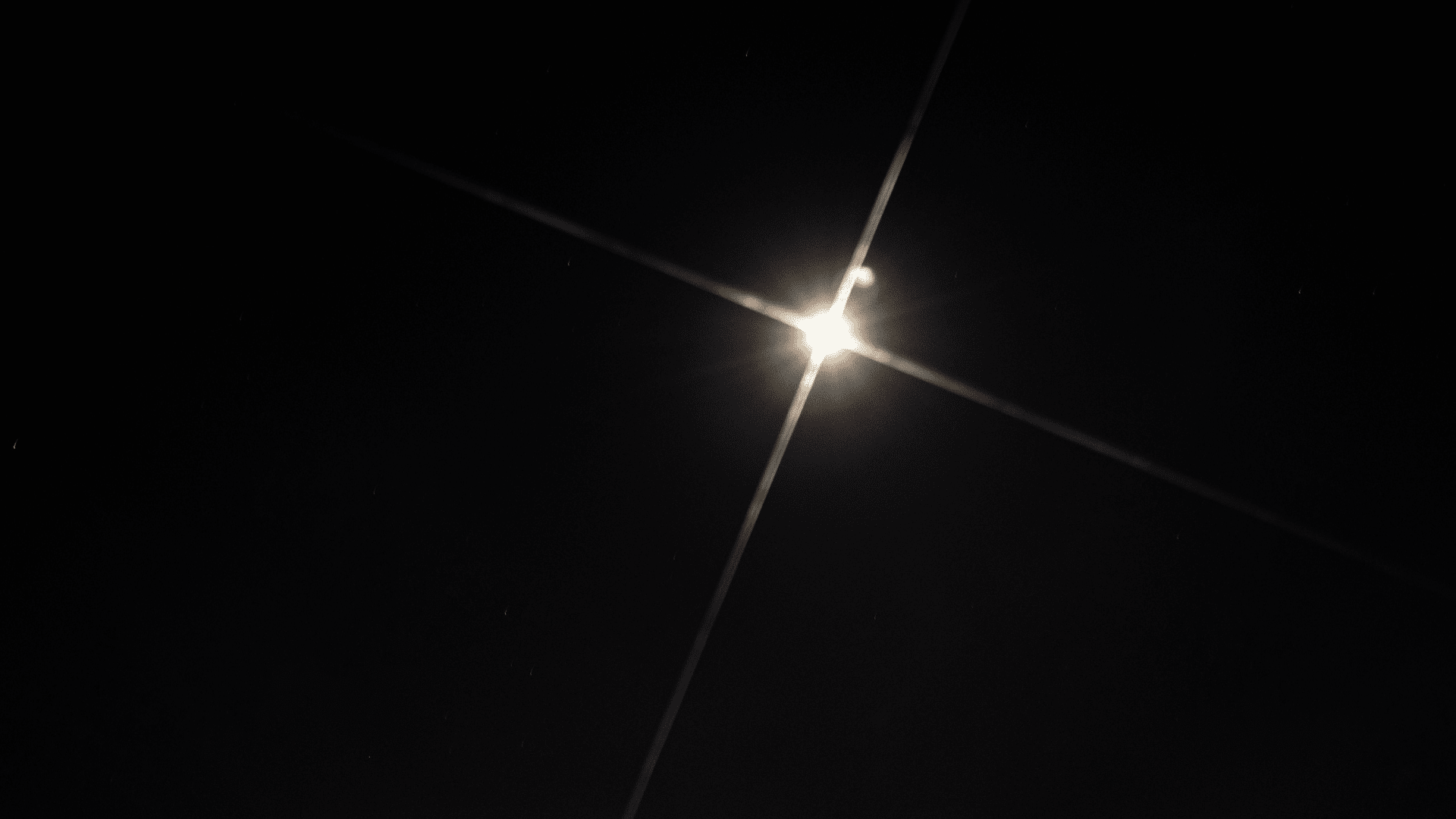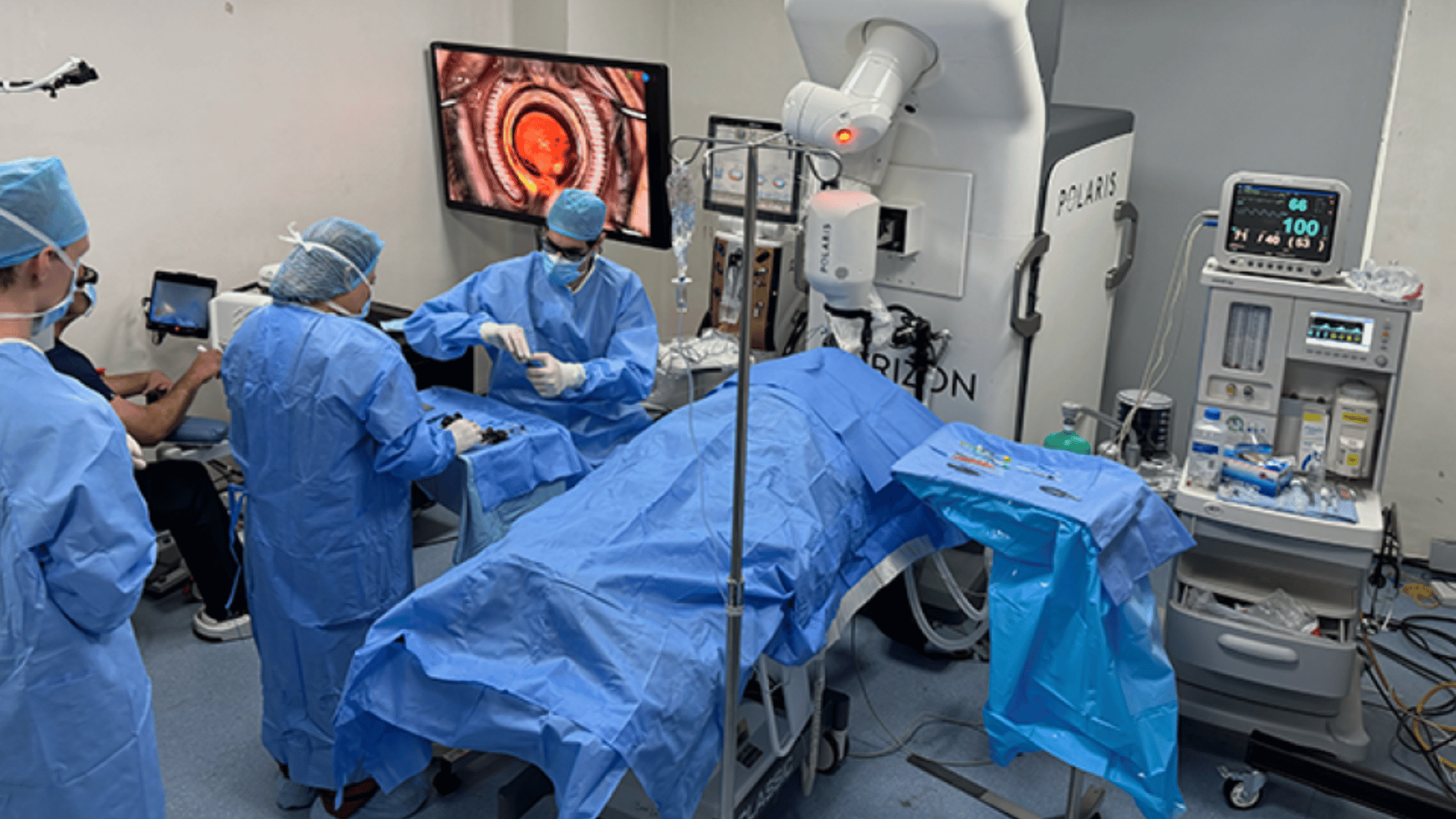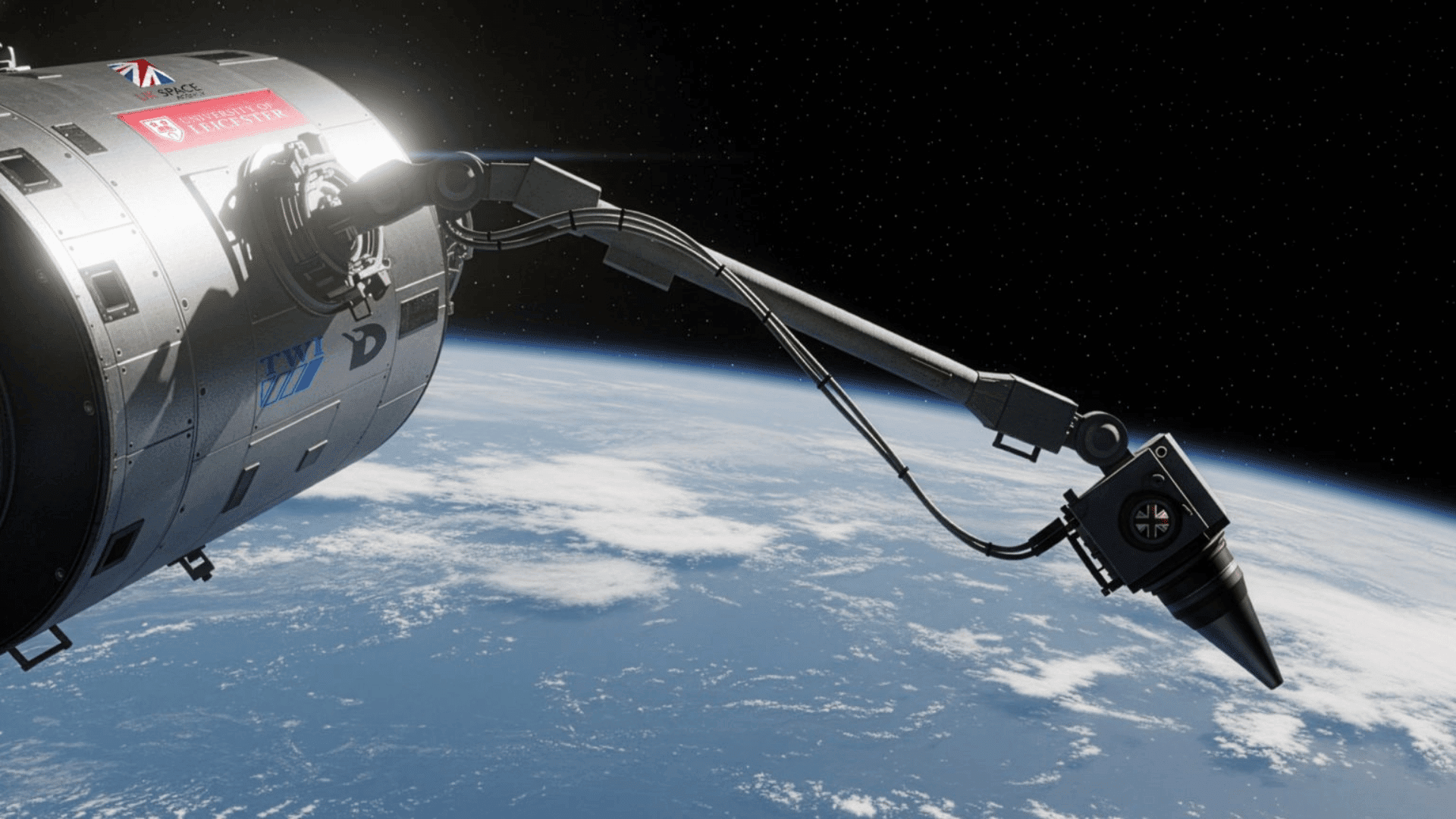A team of astronomers is on the quest for sharper views of the cosmos. Using a groundbreaking technology called a photonic lantern, the team, led by UCLA astronomers, achieved the sharpest-ever measurement of a star’s surrounding disk. This achievement unveiled previously invisible structural details.
The technical feat surpasses traditional resolution limits, potentially leading to new astronomical discoveries.
Traditionally, astronomers link multiple telescopes into complex arrays to obtain clear image details. However, the team of astronomers demonstrated that a single instrument, the Subaru Telescope in Hawai’i, could accomplish a similar objective by feeding its light into a specially designed optical fiber. This device is called a photonic lantern.
“In astronomy, the sharpest image details are usually obtained by linking telescopes together,” First author and UCLA doctoral candidate Yoo Jung Kim said. “This device splits the starlight according to its patterns of fluctuation, keeping subtle details that are otherwise lost.”
Unveiling Brighter Details in Astronomy

Astronomers say the specialized component acts like a prism. It splits incoming light based on the shape of its wavefront and color. It’s a sophisticated approach, astronomers explained, enabling a novel imaging technique that overcomes fundamental diffraction limits. This limitation is the wave nature of light that restricts the observable resolution of any given telescope.
The team applied the instrument to observe Beta Canis Minoris. This star is 162 light-years away and is surrounded by a hydrogen disk. Researchers say the observation battled atmospheric turbulence that causes stars to “wiggle.” After using the Subaru Telescope’s advanced adaptive optics, Kim filtered out the remaining atmospheric turbulence with an additional data processing technique. As a result, Kim achieved the necessary stable environment.
Analyzing the tiny color shifts caused by the disk’s rapid rotation (a phenomenon known as the Doppler effect), the researchers measured image shifts with five times greater precision than previously possible. This enhanced clarity confirmed the disk’s rotation but led to a stunning, unexpected finding: the disk is lopsided, or asymmetrical.
“We were not expecting to detect an asymmetry like this, and it will be a task for the astrophysicists modeling these systems to explain its presence,” said Kim. Co-leader of the study, Nemanja Jovanovic of the California Institute of Technology, emphasized the wider implications of the technique.
“This work demonstrates the potential of photonic technologies to enable new kinds of measurement in astronomy,” said Jovanovic. “We are just getting started. The possibilities are truly exciting.”







